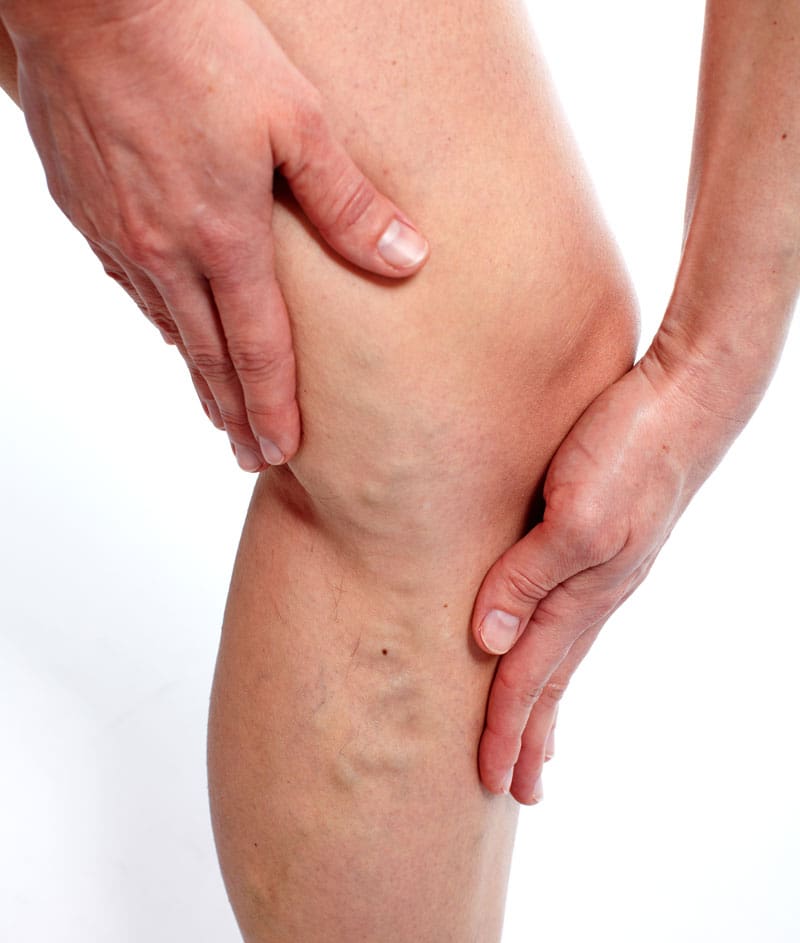Ambulatory Phlebectomy

Ambulatory Phlebectomy Procedure
Varicose veins are large, twisted veins that typically develop on your legs and thighs. Varicose veins occur when the vein valves in your legs become weak or damaged. To pump blood back to your heart, the veins in your legs work against gravity. As blood flows back to your heart, tiny valves in your legs open and close to stop your blood from flowing backward. However, if your veins become weak or damaged, blood can pool in your veins, causing them to stretch, twist, and bulge.

What are Varicose Veins?
How Does Ambulatory Phlebectomy Treat Varicose Veins?
Ambulatory phlebectomy is an outpatient procedure that the team at Vein Institute performs in-office. During an ambulatory phlebectomy, your doctor administers a local anesthetic to numb the local area. Once the anesthesia sets in, your doctor makes a series of small incisions near your varicose veins and uses a special tool to carefully remove them. After removing all of the affected veins, your doctor bandages your legs and sends you home with a list of recovery instructions to follow. There is no pain during the procedure and you won’t experience any downtime.

That said, ambulatory phlebectomy has a proven record of success and provides long-lasting, noticeable results.

Am I A Good Candidate For Ambulatory Phlebectomy?
What Is Recovery Like Following An Ambulatory Phlebectomy?
Ambulatory phlebectomy is safe, well-tolerated and painless. However, it’s normal to experience skin numbness, bruising, swelling, and minor irritation in the first few days after your procedure. You’re also required to wear compression stockings for up to two weeks following your ambulatory phlebectomy, except for when you’re sleeping. The compression stockings help minimize bruising and speed up the healing process.
Don’t let varicose veins negatively impact your quality of life. To request an ambulatory phlebectomy consultation at Vein Institute, call the office or click the online booking tool to request an appointement.
